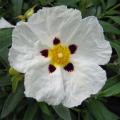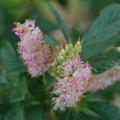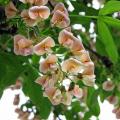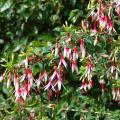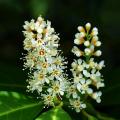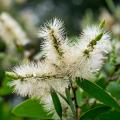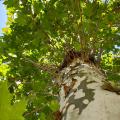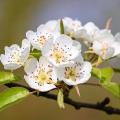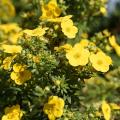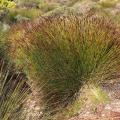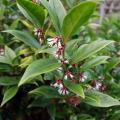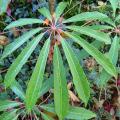Gardenia
Would this plant suit my garden? Set up your Plantfit profile →
Available in 1 sizes
Available in 1 sizes
Available in 1 sizes
Available in 1 sizes
Available in 1 sizes
Available in 1 sizes
Available in 1 sizes
Available in 2 sizes
Available in 1 sizes
Available in 1 sizes
Available in 1 sizes
The Gardenia jasminoides, sometimes called "Garden Jasmine" or "Cape Jasmine," is an exceptional indoor plant known to all and adored for the unique fragrance of its white flowers, but also a tender and delicate bush. More hardy gardenias have emerged in recent years, often of hybrid origin, as evergreen bushes with the same ornamental qualities but capable of surviving in the ground during our not-too-harsh winters. Among them, 'Kleim's Hardy,' 'Crown Jewel,' or 'Summer Snow' are beginning to enter our gardens. This genus of the Rubiaceae family includes about 200 evergreen shrub species, mainly native to tropical Asia and southern Africa. Depending on the variety, the flowering, single, semi-double, or double, invariably white to cream-white, extends from May to October, and the plant reaches a height of between 60 cm (24in) and 2 m (7ft), some being capable of flowering in winter under favourable conditions. Whether hardy (down to -12 or -15°C (10.4 or 5°F)) or frost-sensitive, the gardenia has its requirements: it thrives only in acidic, fresh, light, and well-drained, fertile soil, as well as in humid atmospheres and bright exposure without direct sunlight.
Haven't found what you were looking for?



































































































